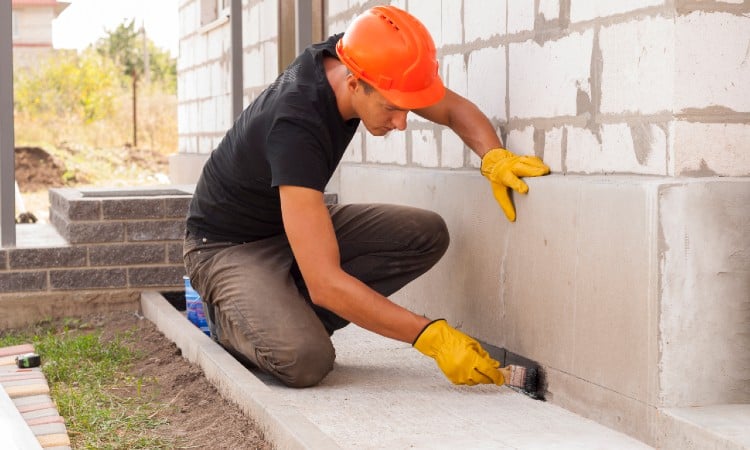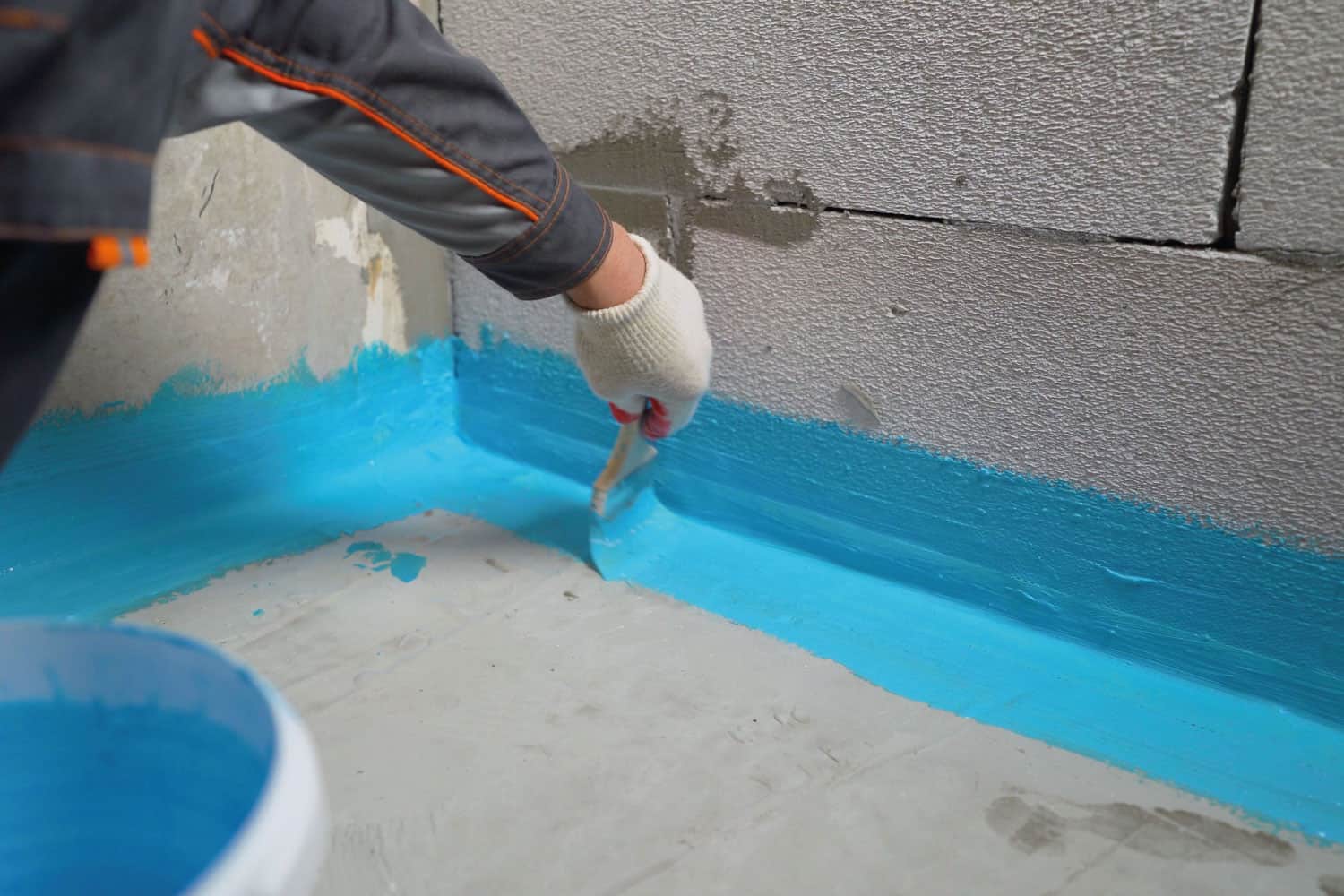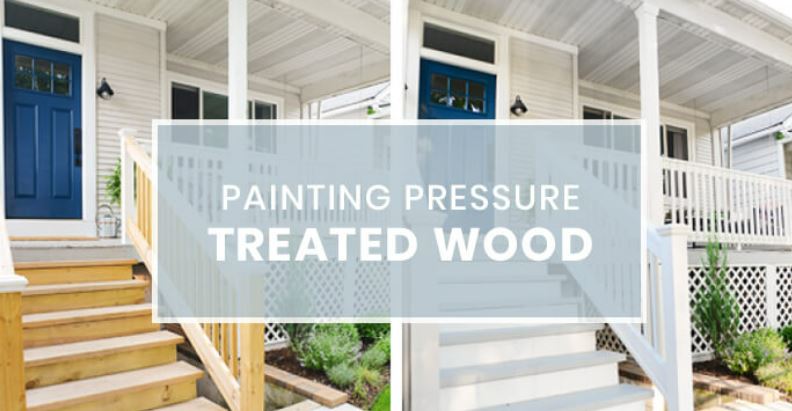Should I paint my foundation
Up to their home’s foundation, most homeowners tasked with exterior design find it relatively simple. The foundation is a more delicate matter than the flowers for your garden, the contour of your grass, or the colour of the paint on the outside of your home.
When done correctly, painting concrete foundations is a terrific idea. The planning of a paint job might impact its outcome. The foundation may peel, split, or develop mould if the surface is not scraped, cleaned, primed, and painted correctly.
Since it influences the lifespan of the foundation, foundation application is complex. If improper paint is used, cracks in the wall may be hidden or start to show. Using the wrong kind of paint may promote the growth of fungi. We’ll talk more about these and other subjects below.
Should I Consider Painting My Foundation?
The question is whether or not you should paint the foundation. Yes, in the most fundamental sense. Several waterproofing products protect concrete for up to 10 years without flaking, as well as a variety of colours to choose from.
UV radiation, not water, poses the greatest threat to any outside surface. Concrete, for all its sturdiness and toughness, is photosensitive. The mortar on block foundation walls can degrade over time due to direct sunlight exposure, resulting in minor fractures or holes.

Is It OK To Paint Your Foundation?
Painting your home’s foundation is often permitted, and there are several advantages to doing so. Effective masonry coatings will protect moisture from causing structural difficulties and perhaps boost your property’s aesthetic attractiveness.
However, in the great majority of situations, painting the foundation of your home is not necessary. Even if your homeowner’s association requires you to paint the foundation’s exposed parts, you may save time and money by not doing so.
In some instances, painting your home’s foundation may help bring the rest of your landscaping, garden, and yard together and complete the look. With this easy trick, you may be able to boost your chances of finding a buyer for your property by making it look more finished from the outside.
What Kind of Paint to Use on Foundation?
There are a variety of exterior masonry paints to choose from. We’ll go through everything briefly below to help you choose the best product for your house.
Concrete Stain
Instead of painting, the first choice is staining. Both water- and acid-based concrete stains are available for use. Acid-based stains have a longer shelf life, so be sure to check the colour closely before using them.
A high-pressure washer and a concrete sealer are employed to apply a stain. In general, water-based stains are less durable than acid-based stains. However, the colour selection for water-based stains is far more comprehensive.
The semi-transparent concrete stain is also available in a wide range of colours, but the roughness of the surface is more prominent. It’s more “rough” looking, but it’s applied in the same manner as a regular concrete stain.
Waterproof Paint – Elastomeric
Many manufacturers of elastomeric acrylic masonry paint provide a lifetime guarantee. Not to be confused with ordinary waterproofing paint, which will be discussed later.
Elasticity is what the name “elastomeric” indicates, and this product falls under this category. It can vary as the concrete changes because it fills the microscopic pores. The expandability of this product allows it to maintain its seal on your concrete wall even when expanded by at least 500 percent.
Using this paint on horizontal surfaces below grade is not recommended since it is “breathable” and allows moisture to seep through.
When used below grade, the product’s waterproofing seal breaks down. Consequently, this is an excellent choice for painting foundations above grade.
Waterproof Paint – Acrylic
This non-elastomeric variant can be used in both above and below grade, unlike acrylic waterproof paint and elastomeric masonry paint.
This paint has superior waterproofing properties than elastomeric paint because it creates a genuine “seal” that prevents any moisture from entering or exiting.
A 10-year guarantee is standard, unlike elastomeric paints. Repainting can be necessary for phases as a consequence—Elastomeric and non-elastomeric acrylics are available in a wide range of colours.
Latex
Acrylic masonry paint is more expensive, while latex masonry paint comes in a wide range of colours and is less expensive.
Latex lacks acrylic’s weatherproofing qualities, a significant difference between the two.
Not only does latex have a reduced price tag, but it also doesn’t require priming and can be applied quickly. Instead of using a sprayer, latex can be applied with a roller.
Acrylic masonry paints offer better protection for concrete walls than long-lasting latex paints with twenty-year or even twenty-five-year warranties.
How To Paint The Foundation Of Your Home?
It’s the most prevalent problem we have while painting foundations because homeowners don’t clean them appropriately enough. Although even simple procedures like a simple wash to eliminate dirt accumulation are often disregarded, they may quickly cause even expensive masonry finishes to flake.
The foundation of your house can usually be cleaned with a simple hose-down. Make sure there are no cracks, moulds, or bug infestations by performing a fast visual check.
A sufficient paint primer before painting the foundation is not required if you use high-quality masonry paint. A primer or masonry paint should be used if you are using a paint that was not specially developed for use on foundations.
For best results, use a paint primer before painting over any imperfections in your foundation. Treatments might take a few hours or all day to dry before you can repaint them. Check the weather in your area before applying a paint primer that requires a few days or more to dry to prevent problems with wind and rain.
In most cases, when the primer has cured, you may apply the primary paint to your foundation. In other cases, homeowners want to verify if the finished colour looks OK on their home’s foundation before committing to a full house painting job.
It’s generally a good idea to let the paint on your home’s foundation dry entirely before using it again. Depending on where you live, you may be able to keep it as-is. A sealer may be necessary if you live in a windy or wet area to protect your paint from the weather.

Should I Stain My Foundation
Because paint offers more substantial protection than the majority of products available for staining wood, we typically recommend to our audience that they paint their wooden foundations rather than degrade them. If you reside in an area where there is a low risk of mould development, you may be able to stain a hardwood foundation. This is only the case, though.
It’s possible that staining the wood in your home, as opposed to painting it, will have a more favourable impact on the home’s overall appeal. It is hardly even worth stating how much of a price difference there is between masonry paint and masonry stain because the difference is so negligible.
Although some people have attempted to use brick staining chemicals on wood, the results are virtually always disappointing and unpleasant because brick staining chemicals were initially developed for use on wood. Because there are now no materials available on the market capable of giving a concrete foundation a realistic look, we do not recommend colouring it.
What Color Should I Paint The Foundation Of My House?
There aren’t many homeowner organisations that will tell you the exact shade of grey or white you have to use to paint your home’s foundation, but it’s usually one of those two. If you reside in a region that does not have a homeowner association or if your homeowner association does not have any requirements for the foundation of your house, you are often free to choose any paint colour that is appropriate for the foundation of your home.
Even the best masonry paint solutions available on the market only come in a limited number of colour possibilities since there is a lack of demand in the business. A few additional colours may be purchased, but the overwhelming majority of consumers choose either white or grey.
It is possible to change the colour of white masonry paint by adding your pigment, although doing so is typically more trouble than it is worth. There are relatively few colour possibilities available for white masonry paint. We anticipate that most of our audience will select grey paint for their base because of its understated appearance and widespread appeal.

Can I Paint Over my Foundation Coatings?
In most circumstances, a barrier of some kind will already be present on your foundation when you purchase it. There is a possibility that tar was used by the original builder of your home to waterproof the foundation. Another alternative is to use parging, which is a grey mortar coating that is put on the foundation walls. There is a particular order in which one must carry out each step to apply a base coat of foundation successfully.
Tar Coatings
Regarding coating foundations, tar is one of the most popular materials used, particularly for older buildings. Tar has been around for a very long time, and it works brilliantly as a barrier that is not only lightweight but also waterproof between the earth and your property.
On the other hand, it is not possible to paint straight over a tar layer. To remove the coating, you will want a mixture of water and heavy-duty hydrochloric acid, in addition to a scrub brush that is fitted to your drill. After that, remove any tar that may still be there by scraping it off by hand, and then wash everything off with your hose.
If your foundation has a tar covering, the only way to paint it properly is to do it this way, even though it is laborious and time-consuming.
Parging Coating
The foundation walls receive an application of decorative parging so that they have a consistent look and can disguise any faults. It may be covered over with paint, similar to tar. This coating’s primary function is to produce a pleasing appearance, and it offers very little or no protection in return.
Painting, however, requires extreme caution since parging both absorbs and retains moisture. Painting over parging with waterproof paint, which is indicated for the protection of your foundation, has the capability of trapping moisture within the parging and accelerating the degradation of the foundation.
In contrast, if you do not add waterproof paint to your foundation, it will not be able to withstand the effects of moisture. Please wait until the parging has reached the point where it is scorched before painting over it. It could take some time, but doing so is necessary to ensure that your foundation is correctly protected.
Checkout: how to remove spray paint from concrete to get good quality new paint job done on it.

FAQ
-
Do you think painting concrete is a good idea?
Concrete paints and stains help to disguise surface discoloration and indications of wear and tear, extending the material’s lifespan and preventing further degradation of the material. This is accomplished by preventing further deterioration of the material. In addition, painting a concrete surface may make it much simpler to clean and maintain than it would otherwise be.
-
Is painting a concrete foundation acceptable practice?
Simply put, the response is yes. Not only may contemporary paint treatments, such as waterproofers for masonry, coat concrete for up to ten years without peeling, but they are also available in colours besides grey and white. Ultraviolet light, not water, is the most damaging component to any surface exposed to the elements.
-
Should cinder blocks be coated before they are used as a foundation?
You may increase the region’s aesthetic appeal and the wall’s ability to regulate moisture by painting the foundation or the walls. Painting the walls also improves the visual appeal of the area. Because concrete is a porous substance, it has the potential to absorb groundwater and then transport that water through the foundation and into the basement.
-
Is painting a brick foundation permissible?
Many people prefer the look of a painted foundation, regardless of whether or not it has ever been covered with paint in the past. In contrast to what most people believe, painting your brick foundation is perfectly acceptable so long as it is carried out in the right way.

Being associated with art and craft field since decades as a hobbyist and life long learner has given me an opportunity to learn many new things related to art, craft, paints and pottery which i am trying to share with your guys on this website. I have expertise of being professional painter and potter for the last 20+ years
I have learned mind blowing cool tips and insights which makes me a person with ability to improvise and come up with creative ideas and solutions to make stunning and impeccable art pieces of all types which are adored by people across the globe on this website and other platform.


